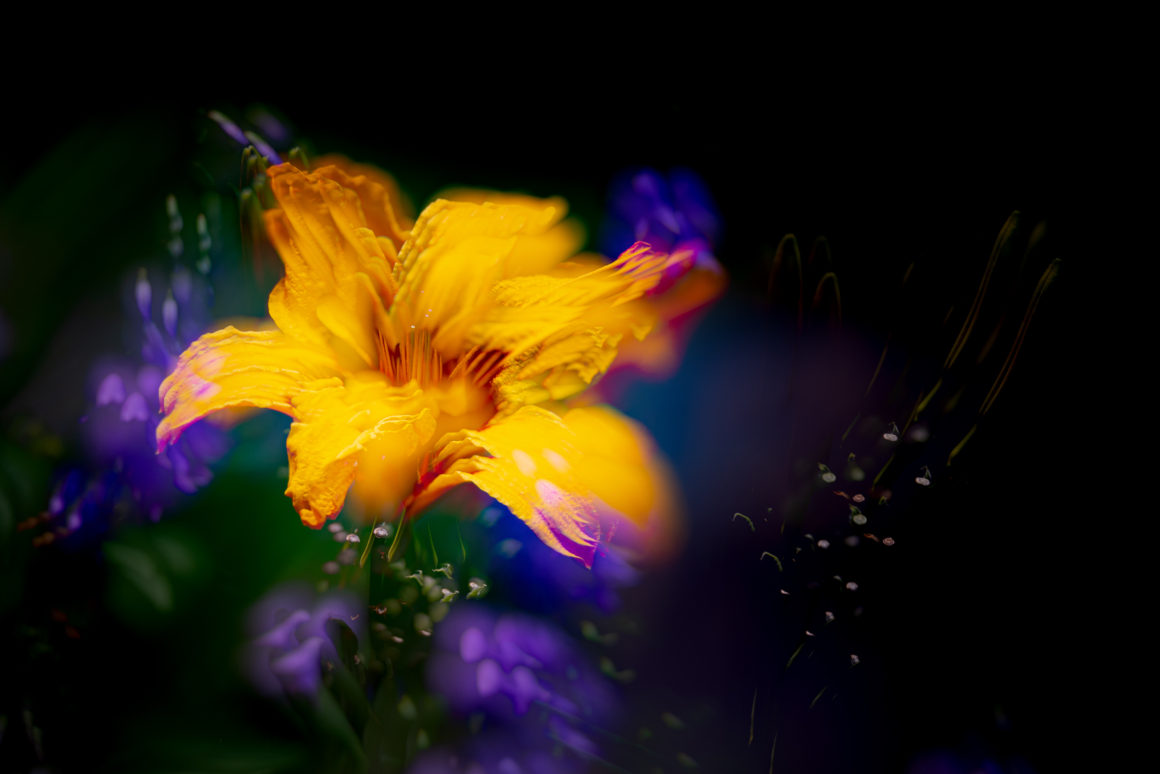
What Does Anybody Know?
I once worked with a guy who had flown Lear Jets before trading that career for a more mundane one at a quasi-governmental agency. I asked him why he stopped flying, and he told me about a saying among pilots: the job is 90 percent boredom and 10 percent terror. The boredom had gotten to him.
Such a ratio might apply to what I feel when I read old blog posts. Too many should never have seen the light of day, but every now and again, I’m captivated by something I wrote. It happened to me this evening, when I took a look at an early Collecting Thoughts post titled “What Do You Think You Know?” Interestingly, what I thought I knew looks nothing like what I think I know now. Here are most of my words from 4 August 2017:
One of the things I found fascinating about Tom Ang’s Photography: The Definitive Visual History is that the question of literalism vs. art/ambiguity/what-have-you existed pretty much from the time Niépce fixed the first photographic image. Was he capturing reality? Well, no. The buildings and street that showed up on that piece of paper were not objectively representative of the subject. One cannot walk down the street on the paper or enter the buildings that are depicted there. Further, what Niépce captured was one view of that scene, which was completely dependent upon where he was situated, how the camera obscura was set up, and when he made the exposure (for example, the sun would have been in a different place, changing the light in the image, if the exposure had been made, say, 15 minutes later).
I’m reminded of the story about Picasso meeting a fellow train passenger who criticized Picasso’s work, telling him that a painting should look like the subject. The passenger takes out a picture of his wife and says, “Like this.” Picasso replies, “This is your wife?” The passenger answers, “Yes,” and Picasso shoots back, “She looks rather small and flat to me.”
Most of what we think we know about a particular photographic image is external. I might be informed about the circumstances surrounding Paul Strand’s iconic image of the blind woman, but what if I were to place the picture on the kitchen table for one of my kids to discover? What would Jack make of it if he had no context to go with it? Would he have any ideas about its provenance, who this woman was, why she was chosen by whomever took her picture, if the photo was candid or staged, if she was truly blind? It seems to me that ambiguity is inherent in every photographic image. We just don’t recognize it, because we bring too much experience, expectation, and ego to the table.
Flickr, Facebook, and Instagram are filled with images accompanied by words, words, and words. Everyone wants to explain. But why? Why are we so determined to control what others think?




